Aggregate fruits are a unique type of fruit that form from a single flower with multiple ovaries. Each ovary develops into a small individual fruit, and together these fruitlets cluster on a common receptacle. Unlike simple fruits (like a peach or cherry that develop from one ovary), aggregate fruits are essentially mini-fruit clusters that come from one bloom.
Botanically, the tiny fruitlets can take various forms—like drupelets (small drupes), achenes, follicles, or even nutlets—depending on the species. This distinctive formation makes aggregate fruits a fascinating category in both botany and food science.
Below are the most well-known and lesser-known aggregate fruits and why they fall into this category.
1. Strawberry
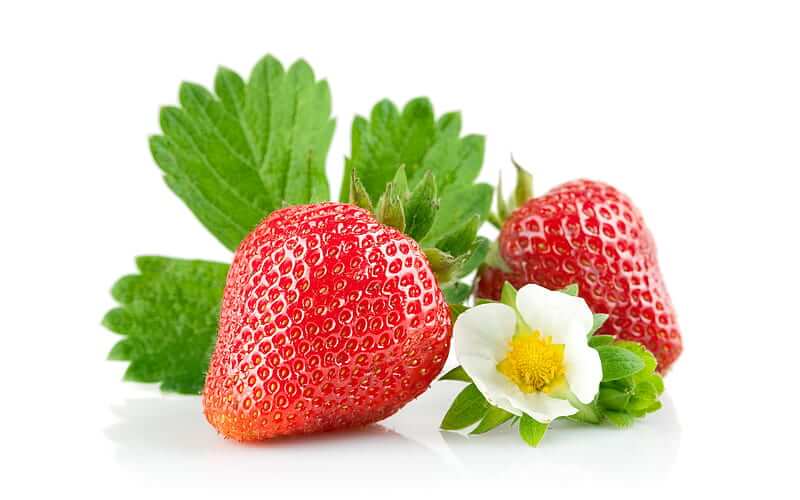
While it looks like a simple fruit, the strawberry is actually an aggregate accessory fruit. The tiny specks (achenes) on its surface are the real fruits, each from a different ovary. The red flesh we eat develops from the flower’s receptacle, not the ovary, making it an accessory structure.
2. Raspberry
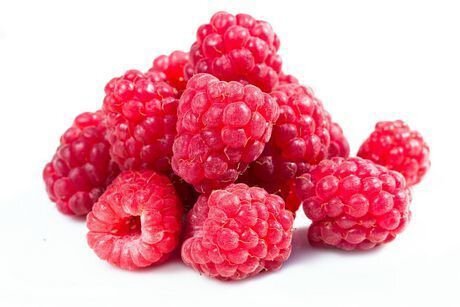
Raspberries are made up of many tiny drupelets, each containing a seed. These form from the many ovaries of one flower. When picked, the drupelets detach from the central core, which is left behind.
3. Blackberry
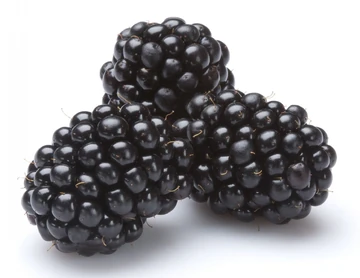
Similar to raspberries, blackberries are also aggregates of drupelets. However, in blackberries, the central receptacle stays attached when the fruit is harvested, giving it a firmer structure.
4. Boysenberry
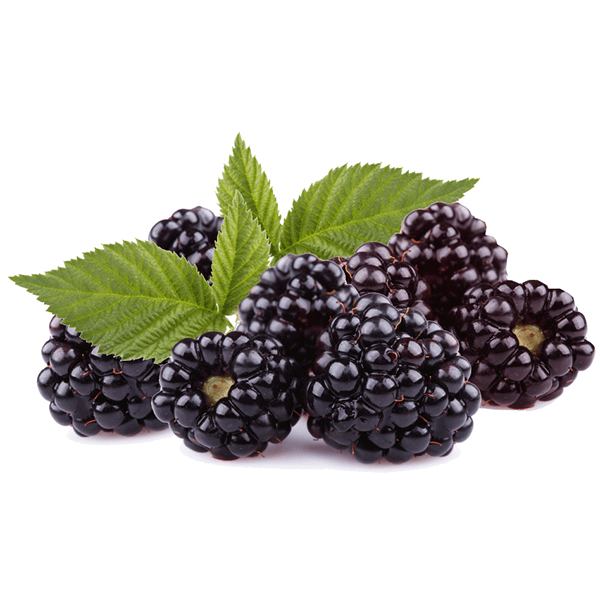
A hybrid of raspberry, blackberry, and loganberry, boysenberries have the same aggregate structure of drupelets, formed from multiple ovaries. Their deep maroon color and tart-sweet flavor make them popular in jams and desserts.
5. Loganberry
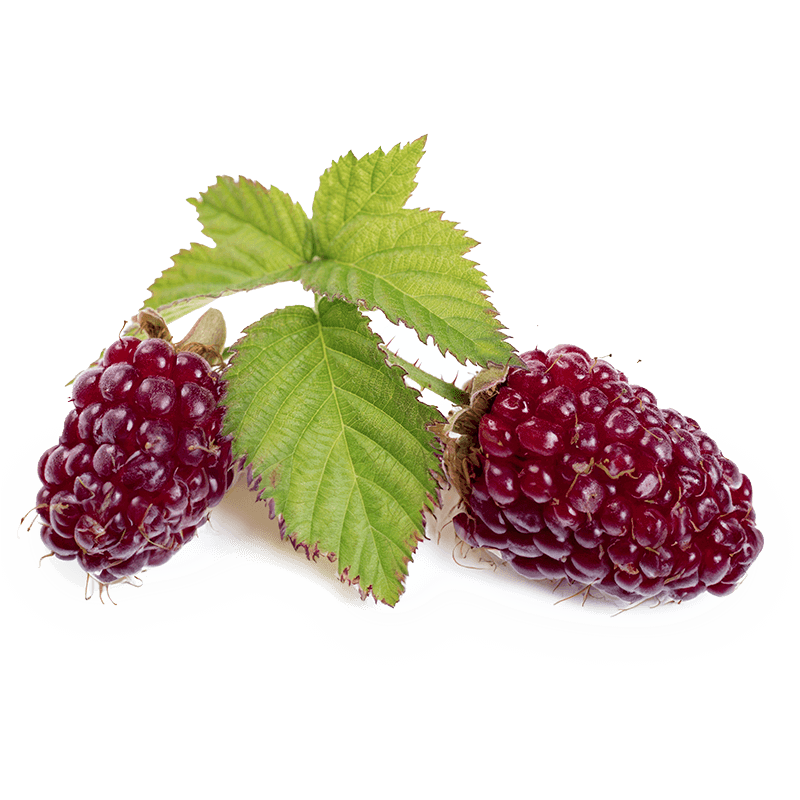
Another hybrid between blackberry and raspberry, loganberries are aggregate fruits composed of drupelets. They have the elongated shape of a blackberry but detach from the core like a raspberry.
6. Dewberry
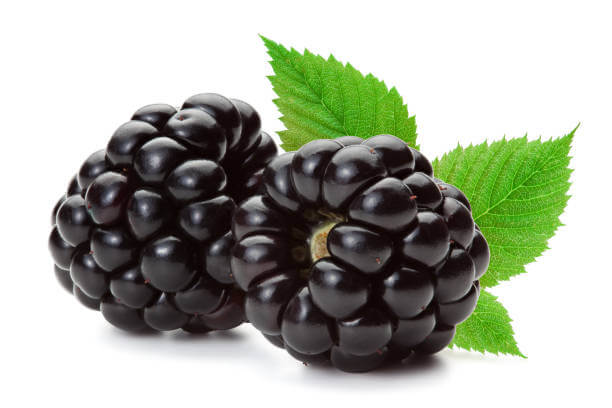
Dewberries grow low to the ground and form drupelet-based aggregate fruits. They’re often less structured than blackberries but follow the same reproductive process—one flower, many ovaries, one clustered fruit.
7. Wineberry
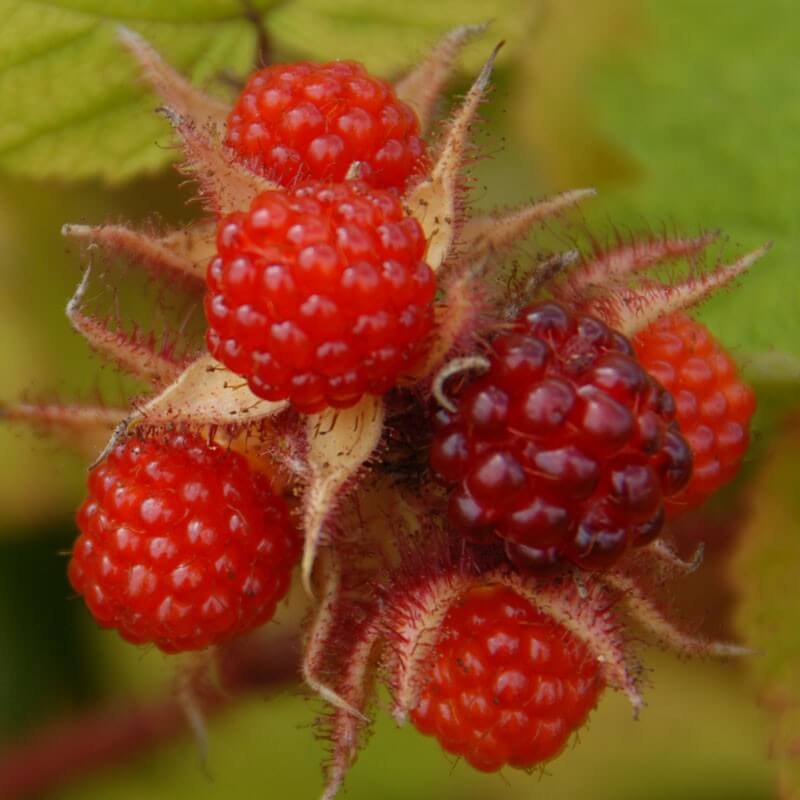
Native to Asia, wineberries have a sticky outer coating and an internal cluster of red drupelets. Like raspberries, they separate from their core when picked, clearly identifying them as aggregate fruits.
8. Cloudberry
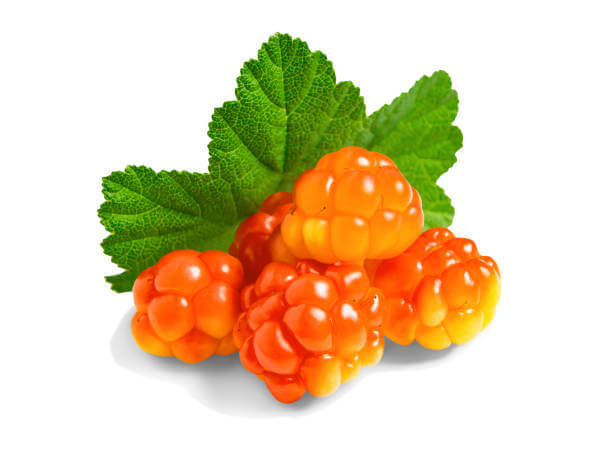
Golden-orange and found in Arctic regions, cloudberries are made up of 6–8 drupelets. They grow from a single flower and ripen into soft, juicy aggregates ideal for preserves and jams.
9. Salmonberry
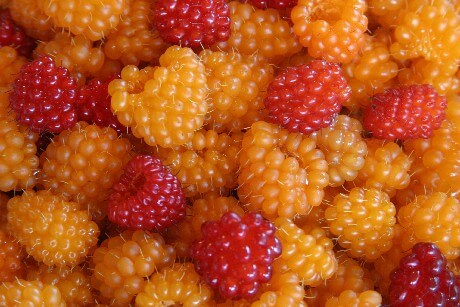
Similar to raspberries but with a brighter orange to reddish hue, salmonberries consist of multiple drupelets per fruit. They often grow in coastal forest regions and are a staple in Pacific Northwest foraging.
10. Thimbleberry
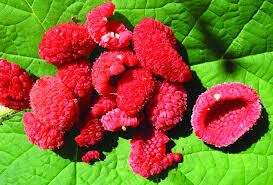
Thimbleberries are flatter and softer than raspberries but follow the same aggregate structure. The drupelets are loosely attached, forming a delicate berry that’s hard to transport but deliciously tart.
11. Annona (Cherimoya)
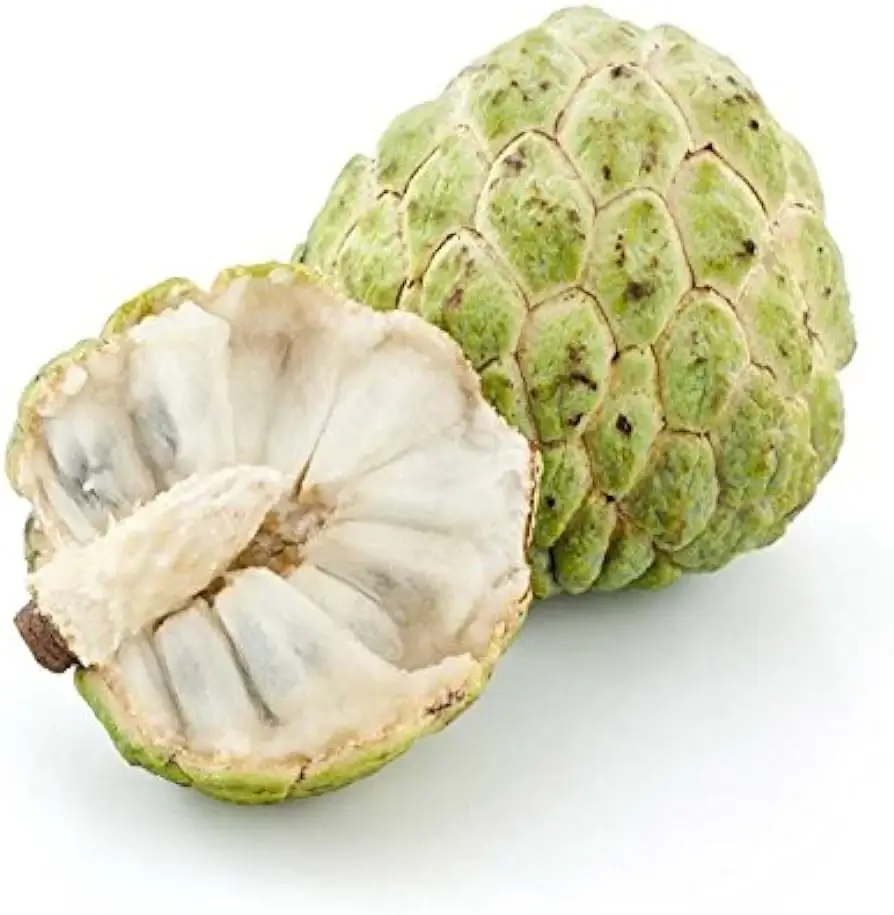
This fruit appears solid but is actually an aggregate of fused carpels, each containing seeds and forming a soft, custard-like pulp. Though sometimes classified as a multiple fruit due to carpel fusion, many botanists argue its aggregate origins due to separate ovaries within a single flower.
12. Rose hip
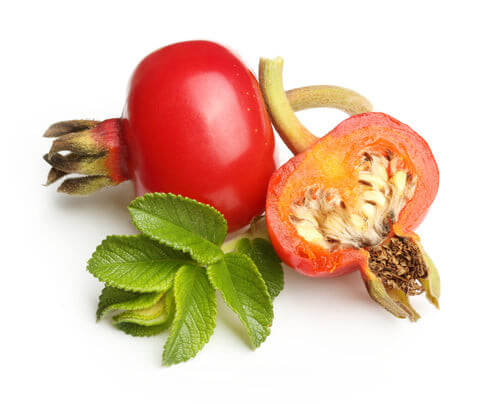
Often mistaken for a simple berry, rose hips develop from multiple ovaries inside the receptacle of the flower. The true fruits are tiny achenes located inside the fleshy rose hip, making it an aggregate accessory fruit.
13. Buttercup Fruit
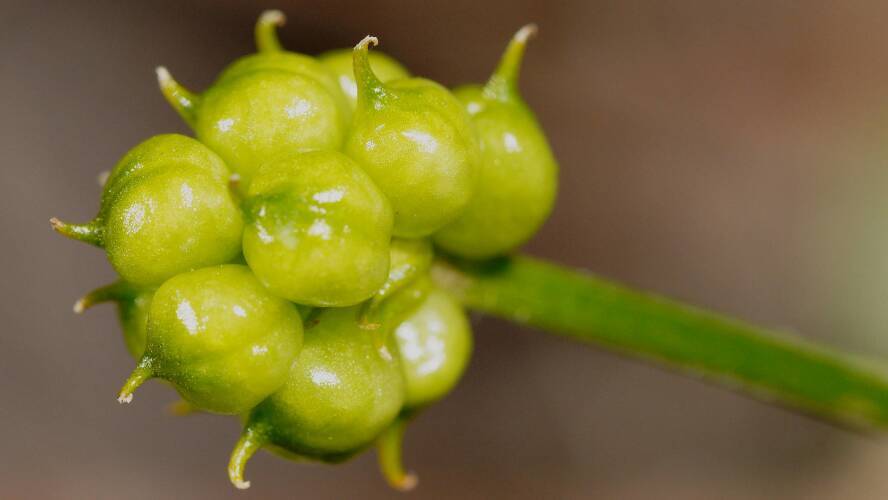
These are dry aggregate fruits formed from numerous achenes. Each achene develops from one ovary within a single flower, creating a cluster of tiny seed-containing units.
14. Lotus Fruit
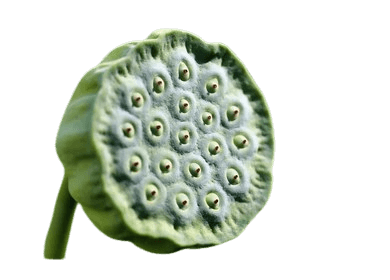
The lotus pod is a unique aggregate of nutlets embedded in a spongy receptacle. Each nutlet develops from a separate ovary, and together they form a compound structure above water, often used decoratively or as food.
Summary Table: Aggregate Fruits at a Glance
| Fruit Name | Type of Fruitlet | Botanical Family | Why It’s Aggregate |
|---|---|---|---|
| Strawberry | Achene | Rosaceae | Multiple ovaries + accessory tissue |
| Raspberry | Drupelet | Rosaceae | Drupelets form from individual ovaries |
| Blackberry | Drupelet | Rosaceae | Similar to raspberry but retains central core |
| Boysenberry | Drupelet | Rosaceae | Hybrid with aggregate structure |
| Loganberry | Drupelet | Rosaceae | Raspberry-blackberry hybrid; multiple ovaries |
| Dewberry | Drupelet | Rosaceae | Low-growing Rubus fruit; same structure |
| Wineberry | Drupelet | Rosaceae | Sticky drupelets detach from core |
| Cloudberry | Drupelet | Rosaceae | Fewer drupelets but still aggregate |
| Salmonberry | Drupelet | Rosaceae | Raspberry-like, with a softer feel |
| Thimbleberry | Drupelet | Rosaceae | Very soft, loosely attached drupelets |
| Annona (Cherimoya) | Fused Carpels | Annonaceae | Often classified as aggregate due to multiple ovaries |
| Rose hip | Achene (Accessory) | Rosaceae | True fruits inside fleshy floral base |
| Buttercup fruit | Achene | Ranunculaceae | Multiple ovaries each form one achene |
| Lotus fruit | Nutlet | Nelumbonaceae | Nutlets embedded in spongy receptacle |
